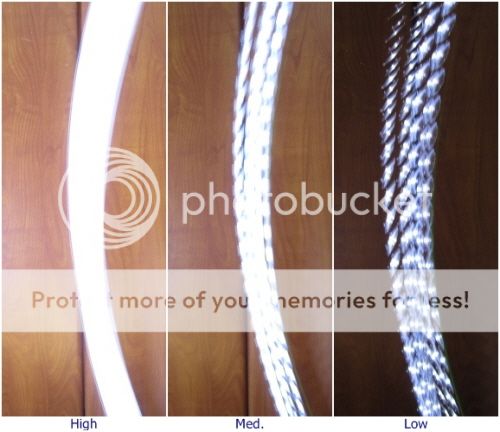prnguinpoo
Newly Enlightened
- Joined
- Apr 11, 2015
- Messages
- 136
Hi All!
Animals - especially cats, are no so fussed about light (which is useful when searching for them! Rescue not hunting).
However I have never tried a light with PWM. If any one either has experience, or has [for example] a cat, can you see if your cat is scared by a normal light, then try one with PWM, if you got other animals thats great too...
The big question is - are animals (with their different* vision) affected more by PWM?
*I had almost wrote superior, then I realised their different is better described as different. Depending on the Animal, they have certain advantages, we have other.
Animals - especially cats, are no so fussed about light (which is useful when searching for them! Rescue not hunting).
However I have never tried a light with PWM. If any one either has experience, or has [for example] a cat, can you see if your cat is scared by a normal light, then try one with PWM, if you got other animals thats great too...
The big question is - are animals (with their different* vision) affected more by PWM?
*I had almost wrote superior, then I realised their different is better described as different. Depending on the Animal, they have certain advantages, we have other.




